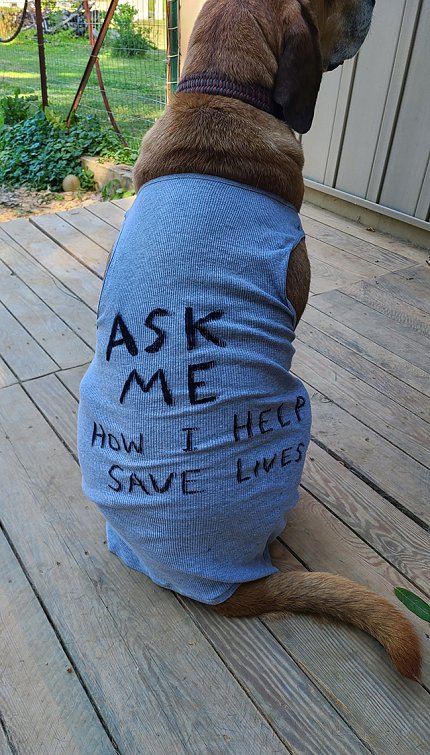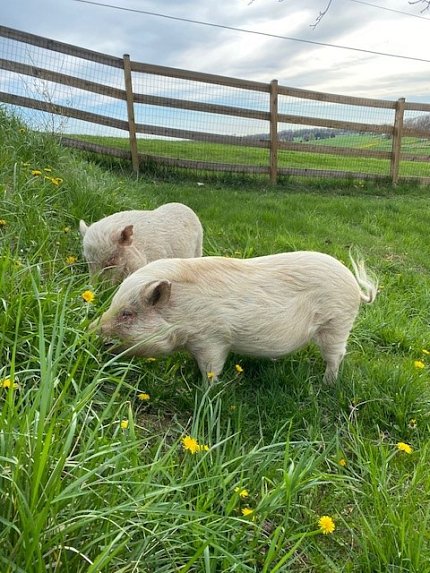Rehome Sweet Home
NIH Supports Adoption of Lab Animals After Research

Shanon Harmon

Rohan outside Harmon's home.

Dr. Meghan Connolly, a behavioral veterinarian.

Mini pigs Alan and Cady retired to Connolly's home.
To learn more about NIH’s animal adoption program, email DVR at oddvrdir@mail.nih.gov.

